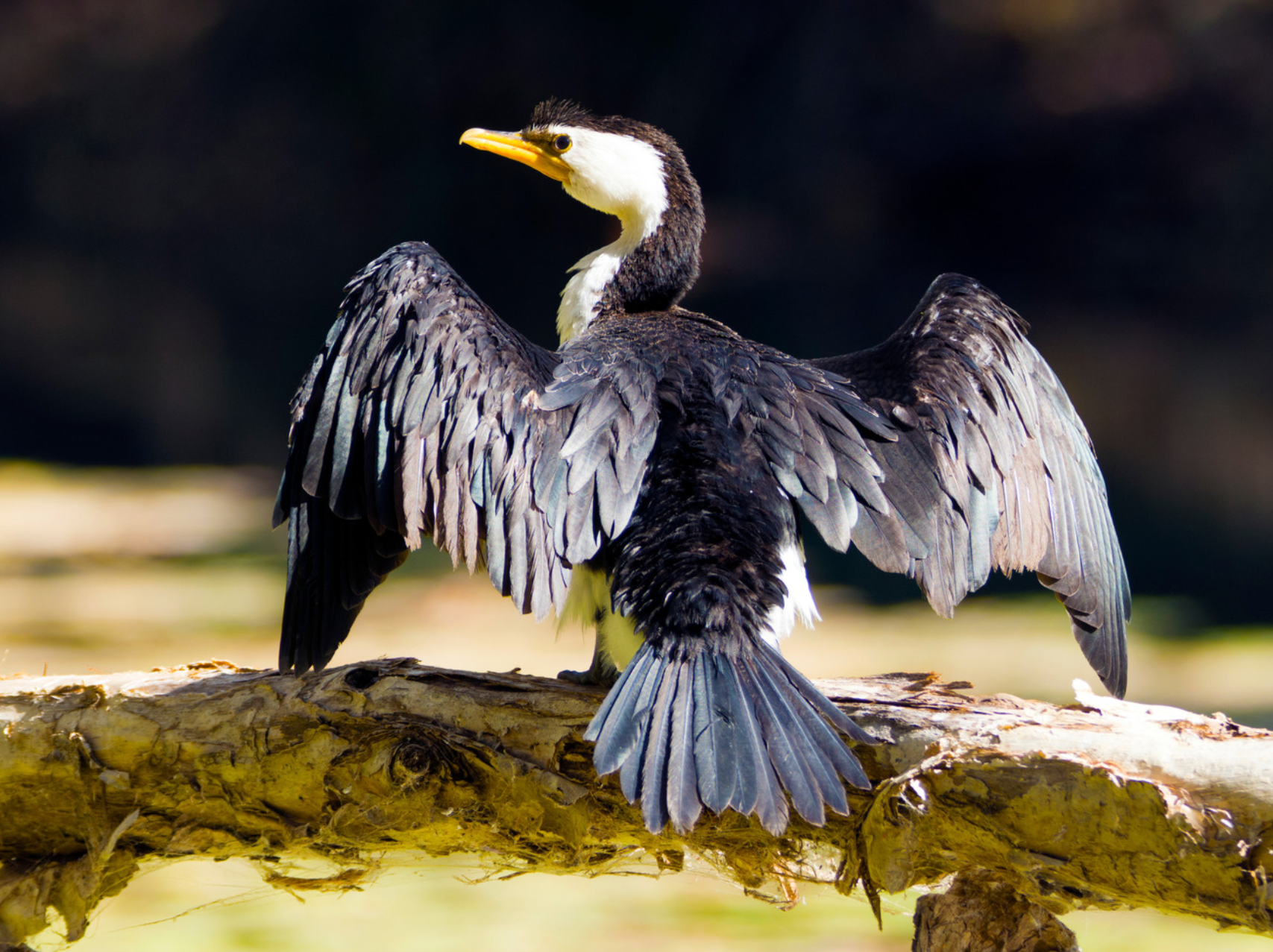Australia, known for its iconic landscapes and unique wildlife, is also a battleground for conservationists. The continent is home to some of the world’s most extraordinary and diverse species, but it faces significant challenges in protecting these treasures. In this article, we will delve into Australia’s wildlife resilience, highlighting remarkable conservation success stories that demonstrate the nation’s commitment to preserving its natural heritage.
A Unique Biodiversity Hotspot
Australia’s isolation from other continents for millions of years has given rise to a remarkable array of plants and animals found nowhere else on Earth. From the adorable marsupials like kangaroos and koalas to the awe-inspiring birdlife, such as the iconic kookaburra, Australia’s biodiversity is unparalleled.
However, this unique biodiversity is under constant threat from habitat loss, invasive species, climate change, and other human-induced factors. Conservation efforts in Australia are essential to protect these incredible creatures and their ecosystems.
Kangaroos: A National Symbol
Kangaroos are not just a symbol of Australia; they are also a conservation success story. While kangaroos face ongoing challenges due to habitat loss and commercial hunting, they are a prime example of resilience. Thanks to careful management and sustainable practices, kangaroo populations have managed to thrive.
Australia’s kangaroo management programs ensure that populations are stable and not overexploited. They also provide economic opportunities through sustainable kangaroo meat and leather industries. This balance between conservation and commerce showcases Australia’s commitment to responsible wildlife management.
The Remarkable Recovery of the Tasmanian Devil
The Tasmanian devil, an iconic marsupial known for its distinctive screeching call, faced a dire threat in the form of a contagious cancer called Devil Facial Tumor Disease (DFTD). This deadly disease, which spreads through biting during mating and territorial disputes, decimated devil populations.
Conservationists rallied to save this unique species. The Tasmanian government implemented programs to manage the disease and establish insurance populations of disease-free devils in sanctuaries. While the battle against DFTD continues, these efforts have led to significant progress in protecting the Tasmanian devil and its genetic diversity.
Koala Conservation Efforts
Koalas, often described as a symbol of Australian wildlife, have faced habitat destruction and disease, particularly chlamydia. Several conservation programs aim to protect and rehabilitate koalas, including the establishment of wildlife hospitals and the implementation of wildlife corridors to connect fragmented habitats.
In recent years, the “Koala Protection Act” was introduced in some Australian states to address the decline of koala populations. These efforts underline the commitment to safeguarding this beloved marsupial and its habitat.
The Remarkable Return of the Eastern Quoll
The eastern quoll, a small carnivorous marsupial, was once considered extinct on mainland Australia due to invasive predators and habitat loss. However, dedicated conservationists launched a reintroduction program in the Booderee National Park, Jervis Bay, aiming to re-establish a stable eastern quoll population.
The program has been remarkably successful, with quolls now breeding in the wild and contributing to the ecosystem’s balance. This achievement illustrates the potential for species recovery through targeted conservation efforts.
Conservation Challenges
Despite these success stories, Australia’s unique wildlife faces ongoing challenges. Climate change continues to affect habitats and migration patterns, and invasive species pose threats to native flora and fauna. The conservation community remains vigilant in addressing these issues, emphasizing the importance of adaptive strategies and sustainable practices.
Citizen Conservation Initiatives
Australia’s conservation efforts extend beyond government programs and institutions. Citizens and community groups play a crucial role in preserving the country’s wildlife. Conservation initiatives, such as wildlife-friendly gardening and community-based habitat restoration projects, empower individuals to make a difference in their local environments.
Conclusion: A Commitment to Preservation
Australia’s conservation success stories are a testament to the nation’s dedication to preserving its unique biodiversity. While challenges persist, these achievements demonstrate the resilience of both wildlife and the Australian people. By combining scientific innovation, sustainable practices, and community engagement, Australia continues to pave the way for wildlife resilience and conservation success stories that inspire the world.





